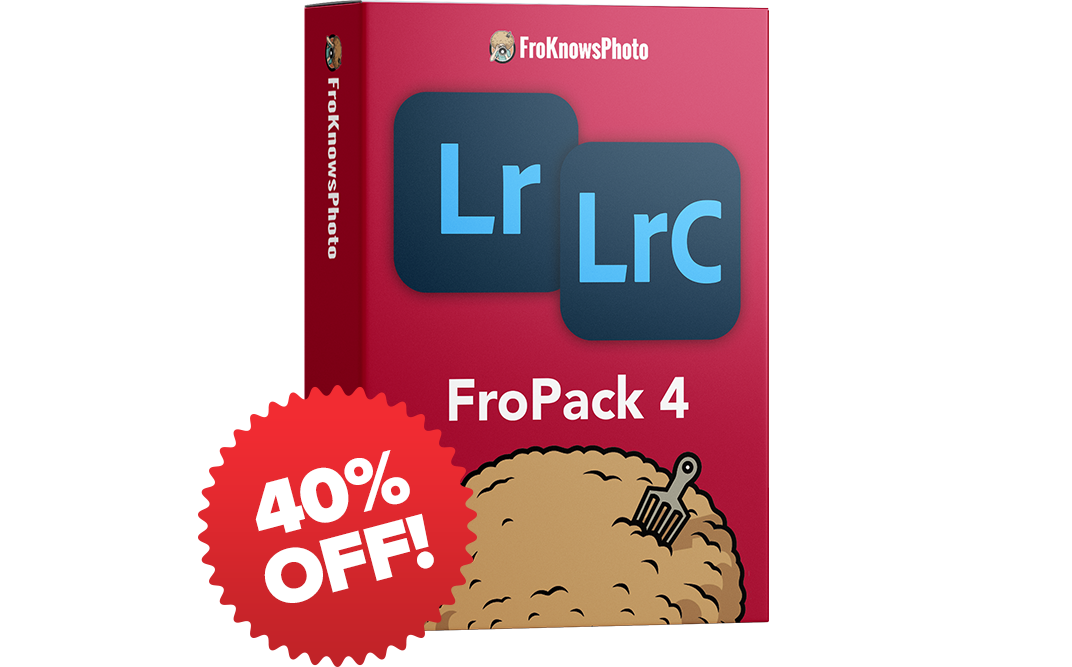How to use "Motion" to Capture "Emotion" in your photos: Quick Tip
When most of us started out taking photos we focused on “freezing” the action as much as possible. I know my high school teacher was constantly yelling at me to try something new.
This quick tip is meant to help you understand that you can use “motion” to capture “emotion” in your images.
In the example in this video you see Joe moving his hand down to roll the doe ball. If I simply froze the action it would not have told the story as well as it could have been. I decided I wanted to get his hand blurring but keep his body nice and sharp.
Putting on my thinking cap I had to figure out how to go from freezing the motion to allowing it to blur while still maintaining the overall focus and stillness of Joe.
Let’s break down the thinking. I was freezing Joe at 1/500th of a second with ISO 1600. Motion tends to freeze around 1/250th of a second and higher. Knowing this means I need to cut back on the amount of light coming into the camera to allow me to compensate with a slower shutter speed.
I dropped my ISO from 1600 to 400 which is two stops of light. Knowing that I dropped two stops with the ISO I know that to get the same exposure as before I need to drop my shutter speed two stops to match. To get a stop you half the shutter speed. 1/500th goes to 1/250th and one more time to 1/125th. This exposure will be exactly the same as the one we had prior just two stops less.
With these new settings I was able to get the motion of the hand just as I envisioned it in my mind.





